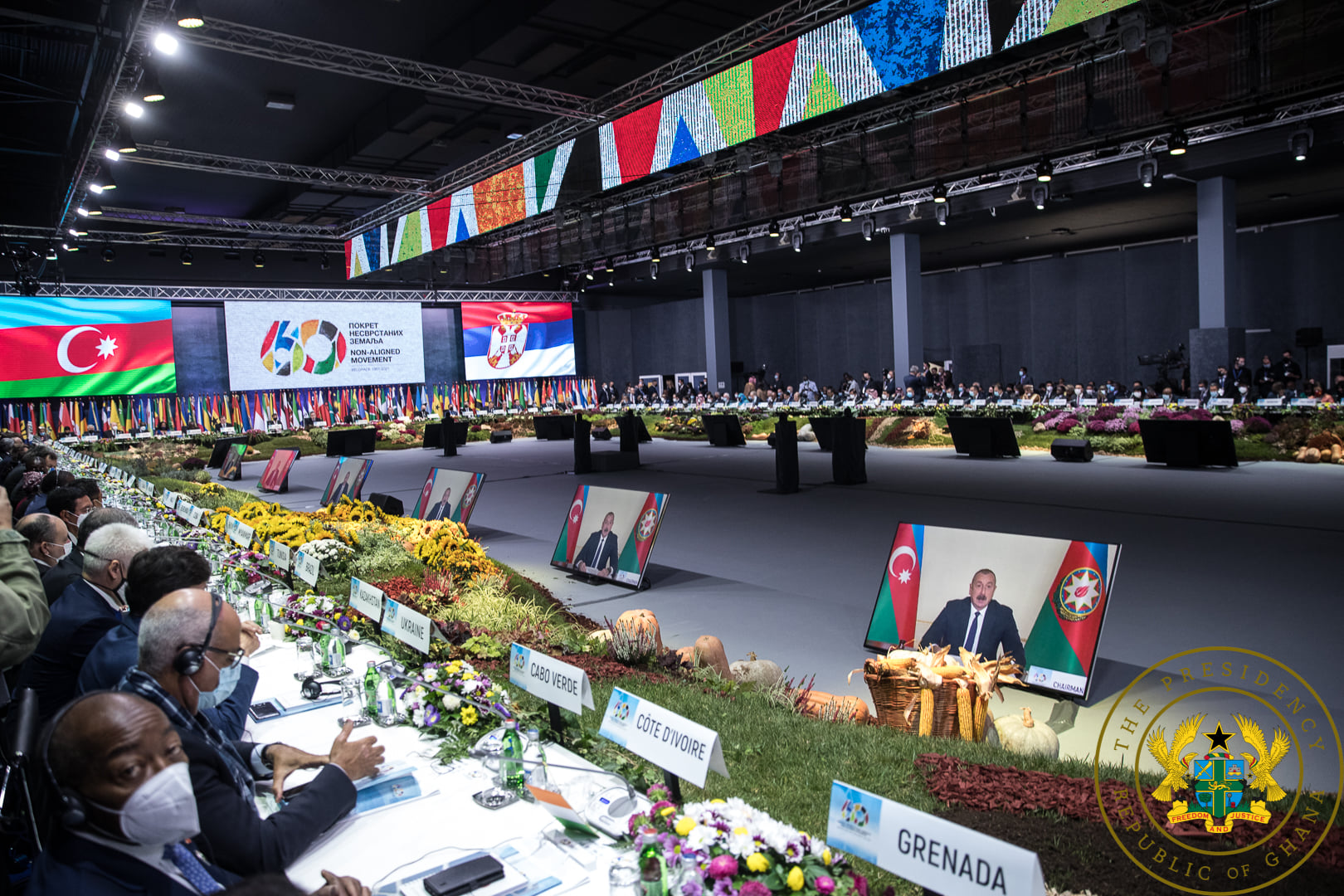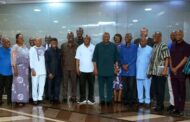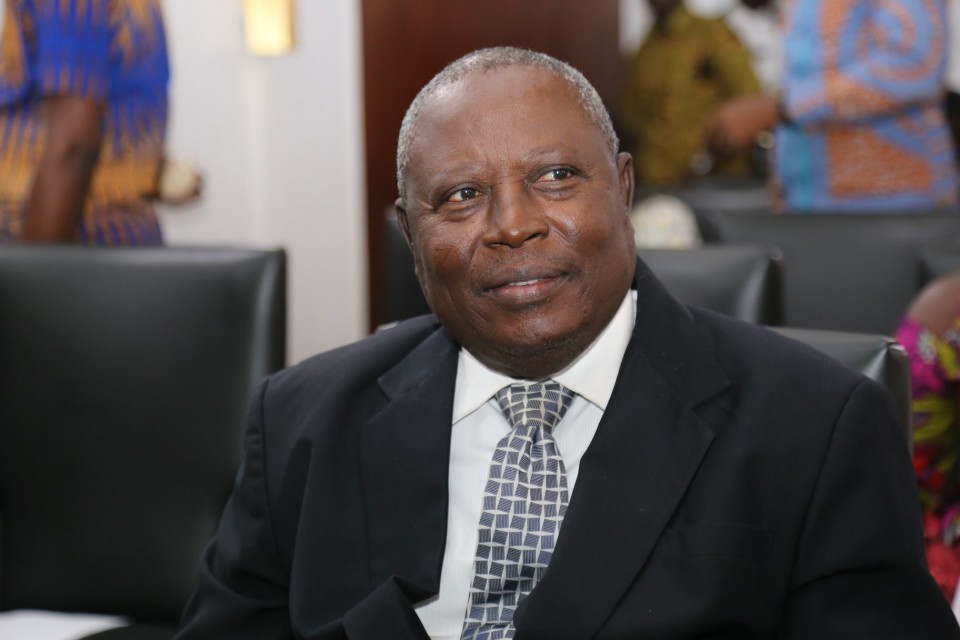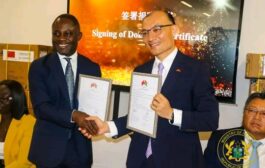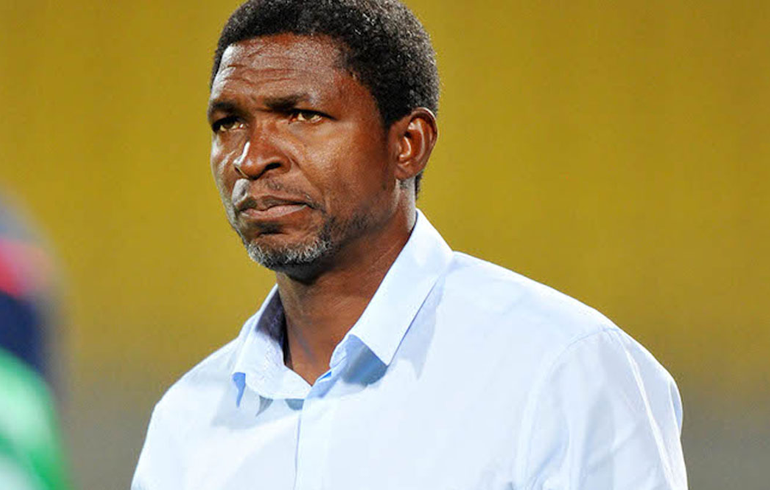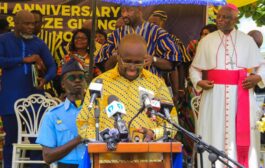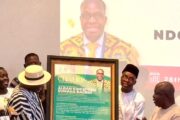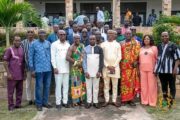A High-Level Commemorative Meeting to mark the 60th anniversary of the First Conference of Non-Aligned Countries opened yesterday in Belgrade, Serbia with over 105 Countries Representatives.
This conference, which is co-hosted by Serbia and Azerbaijan, is “an important opportunity for the Non-Aligned Movement to discuss its historic contribution, to reaffirm its commitment to the fundamental principles of the UN Charter and its support for a world order based on multilateralism, as well as to define new objectives for the future”, organizers said in a press release.
The first Conference of Non-aligned Countries, held in Belgrade in September 1961 amid the cold war, brought together the heads of state and government of 25 countries, including Morocco, in addition to three observer members and several liberation movements, parties and organizations.
They met in Belgrade to found the Movement, whose fundamental principles still serve as guidelines for all States and nations committed to peaceful coexistence, equality, solidarity, non-interference in internal affairs of countries, and respect for their territorial integrity and sovereignty.
In the early 21st century the Non-Aligned Movement counted 120 member states. After the United Nations, it is the largest grouping of states worldwide.
The Non-Aligned Movement emerged in the context of the wave of decolonization that followed World War II.
At the 1955 Bandung Conference (the Asian-African Conference), the attendees, many of whose countries had recently gained their independence, called for “abstention from the use of arrangements of collective defense to serve the particular interests of any of the big powers. ” In the context of the Cold War, they argued, countries of the developing world should abstain from allying with either of the two superpowers (the United States and the U.S.S.R.) and should instead join together in support of national self-determination against all forms of colonialism and imperialism. The Non-Aligned Movement was founded and held its first conference (the Belgrade Conference) in 1961 under the leadership of Josip Broz Tito of Yugoslavia, Gamal Abdel Nasser of Egypt, Jawaharlal Nehru of India, Kwame Nkrumah of Ghana, and Sukarno of Indonesia.
As a condition for membership, the states of the Non-Aligned Movement cannot be part of a multilateral military alliance (such as the North Atlantic Treaty Organization [NATO]) or have signed a bilateral military agreement with one of the “big powers” if it was “deliberately concluded in the context of Great Power conflicts.” However, the idea of non-alignment does not signify that a state ought to remain passive or even neutral in international politics. On the contrary, from the founding of the Non-Aligned Movement, its stated aim has been to give a voice to developing countries and to encourage their concerted action in world affairs.
All members of the Non-Aligned Movement have equal weight within its organization. The movement’s positions are reached by consensus in the Summit Conference of Heads of State or Government, which usually convenes every three years. The administration of the organization is the responsibility of the country holding the chair, a position that rotates at every summit.
Source: Mybrytfmonline.com/Kofi Atakora



